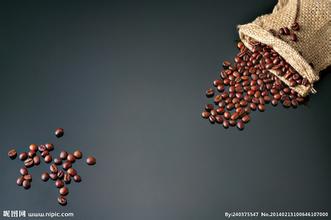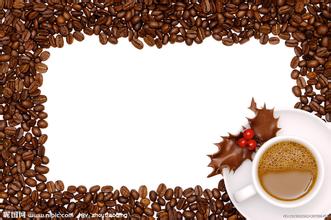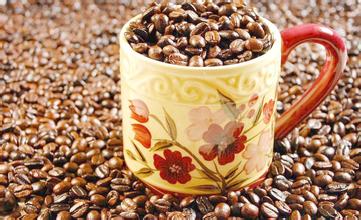Introduction to the characteristics of Cuban Crystal Mountain Coffee Flavor description
In the early 20th century, the number of coffee shops in Havana once exceeded 150, but that number has declined year by year since then, due to a decline in Cuban coffee production and an increase in the proportion of rum and sugar exports. Former Cuban President Fidel Castro unified the coffee industry into state ownership during the 1959 Cuban Revolution and asked the country to increase the cultivation of edible crops. "although coffee production has decreased, consumer demand is on the rise." Fifty years ago, Cuba produced 60, 000 tons of coffee a year, but now that figure has plummeted to 6000 tons. "
Due to declining production, the Cuban government in 1962 rationed 4 ounces of coffee per person per month, resulting in the emergence of alternatives to coffee, such as chickpea coffee. "this is a coffee substitute with a mixture of coffee and roasted chickpea powder so that more people can drink more coffee." Goldenberg said. At the local caf é con ch í charo, the barista made him a cup of hummus coffee with a strong, rough and slightly bitter taste. Because the taste is too bad, the local people are used to adding a lot of sugar to the coffee. Chickpea coffee is very common in local rationing stores. Of course, you can also go to a normal store to buy normal coffee, but given the local people's income of $20 a month, coffee is definitely a luxury for most people. Due to the limited amount of coffee, people in Havana drink coffee from very small cups, and the amount of coffee per cup is very small.
Crystal Mountain Coffee comes from the Crystal Mountain of Cuba, so it is called Cuban Crystal Mountain Coffee. Crystal Mountain Coffee is synonymous with top Cuban coffee, because this area not only grows coffee, but also produces quartz, crystal and other precious minerals. A prominent feature of Crystal Mountain Coffee is its large granule and bright green color of coffee beans. Its flavor and taste features: full particles, uniform taste, with tobacco flavor. Crystal Mountain Coffee beans are typical island beans with a clean and delicate taste, slightly sour taste, not strong but long-lasting, with sweet melon and fruit aromas.

Important Notice :
前街咖啡 FrontStreet Coffee has moved to new addredd:
FrontStreet Coffee Address: 315,Donghua East Road,GuangZhou
Tel:020 38364473
- Prev

Introduction to the characteristics of aromatic and pure Salvadoran coffee flavor description and production areas
Coffee production in El Salvador: like Guatemala and Costa Rica, coffee in El Salvador is graded according to altitude, and the higher the altitude, the better the coffee. The best brand is Pipil, which is what the Aztec Mayans call coffee, which has been awarded the American Organic Certification Society (OrganicCertifiedlnstituteofAme).
- Next

Variety characteristics of mild flavor description of Nicaraguan coffee
Managua, the capital of Nicaragua, is located in the west of the border, on the south bank of Lake Managua, hence its name. The northwest is 140 kilometers away from the Collinto seaport on the Pacific coast. 55 meters above sea level. It is a Spanish city with beautiful scenery. Because it is located to the east of the Pacific volcanic active seismic belt, there have been four strong earthquakes in the city in the past 100 years, including one in December 1972.
Related
- Detailed explanation of Jadeite planting Land in Panamanian Jadeite Manor introduction to the grading system of Jadeite competitive bidding, Red bid, Green bid and Rose Summer
- Story of Coffee planting in Brenka region of Costa Rica Stonehenge Manor anaerobic heavy honey treatment of flavor mouth
- What's on the barrel of Blue Mountain Coffee beans?
- Can American coffee also pull flowers? How to use hot American style to pull out a good-looking pattern?
- Can you make a cold extract with coffee beans? What is the right proportion for cold-extracted coffee formula?
- Indonesian PWN Gold Mandrine Coffee Origin Features Flavor How to Chong? Mandolin coffee is American.
- A brief introduction to the flavor characteristics of Brazilian yellow bourbon coffee beans
- What is the effect of different water quality on the flavor of cold-extracted coffee? What kind of water is best for brewing coffee?
- Why do you think of Rose Summer whenever you mention Panamanian coffee?
- Introduction to the characteristics of authentic blue mountain coffee bean producing areas? What is the CIB Coffee Authority in Jamaica?

